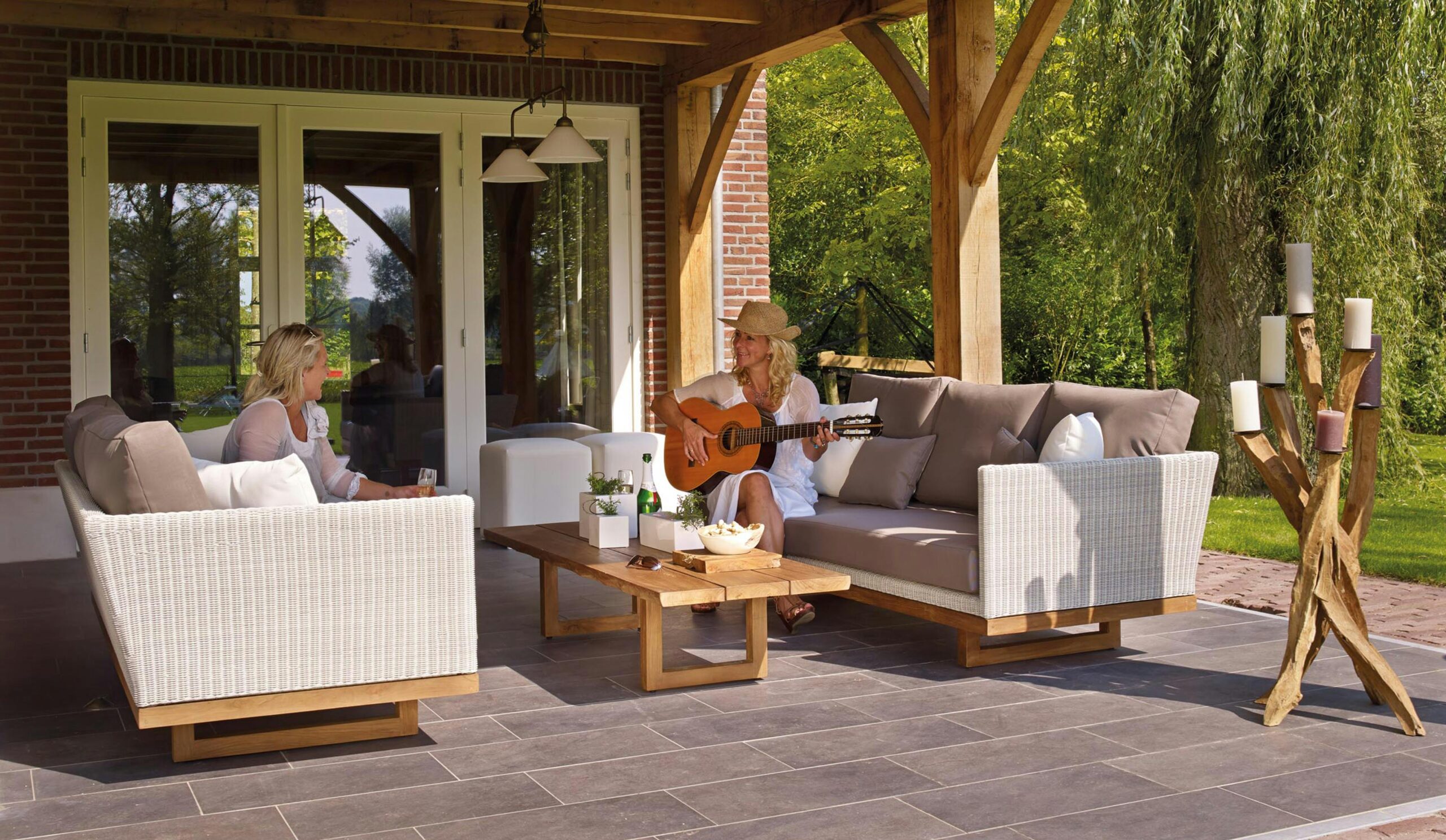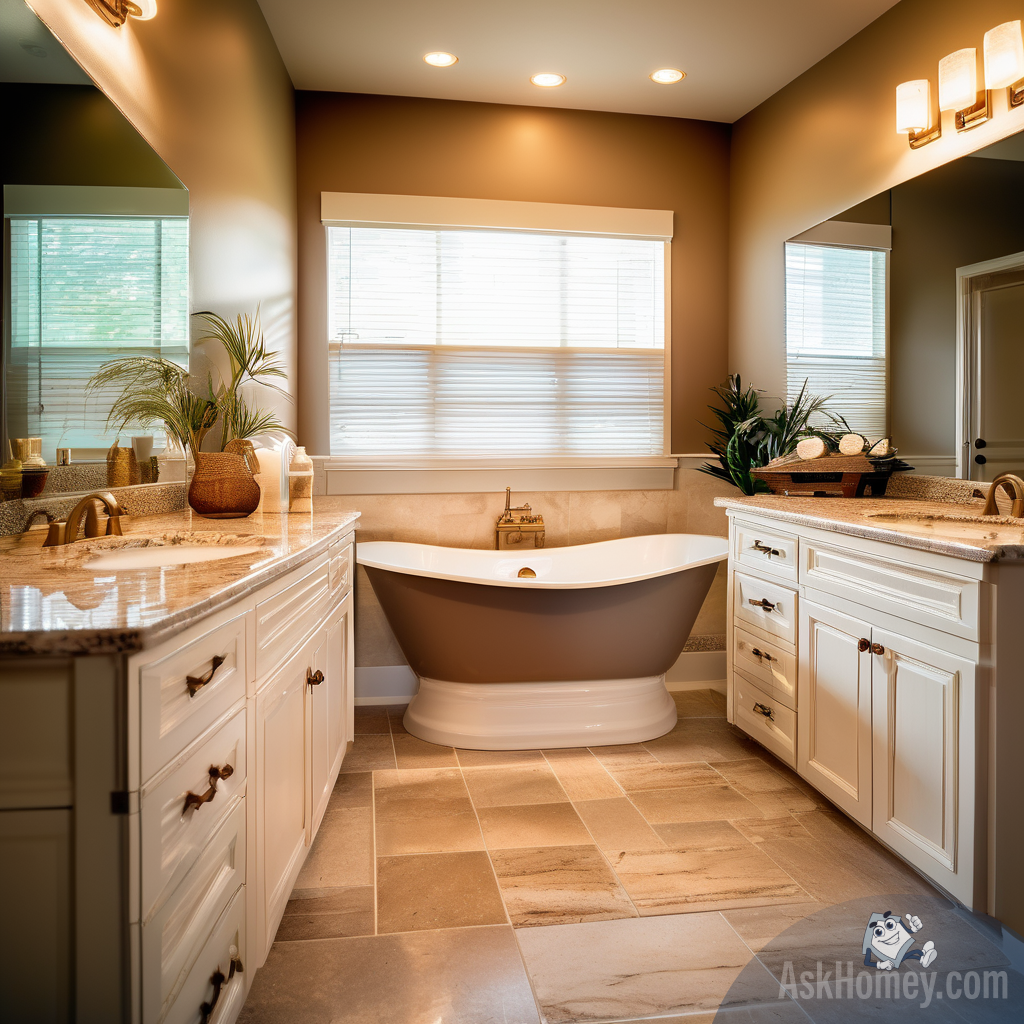A lanai represents the perfect marriage between indoor comfort and outdoor living, offering a sheltered yet open connection to nature. Originally popularized in Hawaii, these roofed, open-sided living spaces have spread throughout warmer climates as homeowners seek to extend their usable square footage in a way that embraces the surrounding environment. In this article, we’ll explore how to transform your outdoor area into a functional lanai that serves as both a relaxation sanctuary and entertainment hub, complete with design considerations, practical benefits, and cost expectations.
What Exactly Is a Lanai?
The lanai concept originated in Hawaiian architecture, where the tropical climate demanded living spaces that could provide shelter while maintaining airflow and connection to the outdoors. Unlike a typical patio or deck, a true lanai features a solid roof and often has at least one wall connected to the main house. This creates a versatile outdoor room that feels like a natural extension of your interior living space. The open sides can be equipped with screens, retractable walls, or left entirely open, depending on your local climate and personal preferences. This configuration makes the lanai different from a sunroom, which typically has full walls and windows, or a simple covered patio that might lack the architectural integration with the home.
The Benefits of a Covered Patio Lanai
The covered patio benefits offered by a lanai are numerous and significant for any homeowner. First, the solid roof provides protection from harsh sunlight and unexpected rain, extending the usability of your outdoor space regardless of weather conditions. This protective covering also shields outdoor furniture and décor from damage, reducing replacement costs and maintenance needs. Additionally, the shade from a lanai roof can significantly reduce cooling costs for adjacent interior rooms by blocking direct sunlight from hitting windows and doors. The semi-enclosed nature of a lanai also creates a sense of intimacy and security that open patios simply can’t match, allowing for more comfortable relaxation and private entertaining.
Design Elements for Your Indoor Outdoor Living Space Lanai
Creating a successful indoor outdoor living space lanai requires thoughtful consideration of both aesthetic and functional elements. Flooring options range from traditional terracotta tiles and natural stone to weather-resistant wood composites, each offering different benefits in terms of maintenance, comfort, and visual appeal. The ceiling treatment deserves special attention, as it’s constantly visible to anyone using the space—consider exposed beams, tongue-and-groove wood, or even fabric panels for added texture and interest.
Furniture selection should prioritize weather resistance while maintaining the comfort level of indoor pieces. Many manufacturers now offer outdoor collections specifically designed to withstand exposure while providing the plushness and style of interior furnishings. Lighting is another critical component, ideally incorporating layers of ambient, task, and accent illumination to create a welcoming atmosphere after sunset. For year-round comfort, consider installing ceiling fans for summer cooling and infrared heaters or a fireplace feature for chillier evenings.
Creating a Versatile Outdoor Room
The true value of a lanai lies in its versatility. When thoughtfully designed, this space can serve multiple functions throughout the day and across seasons. Morning yoga sessions can transition to afternoon work-from-home setups, followed by evening dining and entertainment. The key to this adaptability lies in creating distinct zones within your lanai, even in modest-sized spaces. A conversation area with comfortable seating, a dining section with appropriate table and chairs, and perhaps a service zone with a small outdoor kitchenette or bar cart can all coexist in a well-planned layout. Movable furniture and multifunctional pieces further enhance this flexibility. Connect with professional designers through platforms like AskHomey to help visualize and maximize your lanai’s potential as a truly versatile outdoor room.
Understanding Building a Lanai Cost Factors
The building a lanai cost varies significantly depending on several factors. Size is obviously a primary consideration—a modest 10×12-foot structure will cost substantially less than a sprawling 20×30-foot lanai with multiple zones. Material choices drive costs as well, with premium hardwoods and natural stone commanding higher prices than composite materials or concrete. Structural requirements represent another major expense category, particularly if your design calls for supporting a substantial roof without numerous columns interrupting the open feeling of the space.
Additional features like built-in kitchens, fireplaces, ceiling fans, and integrated lighting systems will increase costs but often deliver substantial returns in terms of functionality and enjoyment. Most homeowners can expect to invest anywhere from $10,000 for a basic lanai to $50,000 or more for larger, high-end installations with premium features. Working with experienced contractors can help identify cost-effective solutions that don’t compromise on the quality or functionality of your indoor-outdoor oasis.
Embracing the Lanai Lifestyle
A thoughtfully designed lanai transcends being merely an architectural feature—it represents a lifestyle choice that prioritizes connection to the outdoors while maintaining comfort and convenience. This balance makes the lanai particularly well-suited to today’s home environments, where flexibility and multifunction spaces are increasingly valued. By carefully considering your specific needs, local climate, and aesthetic preferences, you can create a lanai that serves as the heart of your home’s recreational areas for years to come.
For more tips and to connect with reliable home service professionals, follow AskHomey on Facebook and Instagram.



